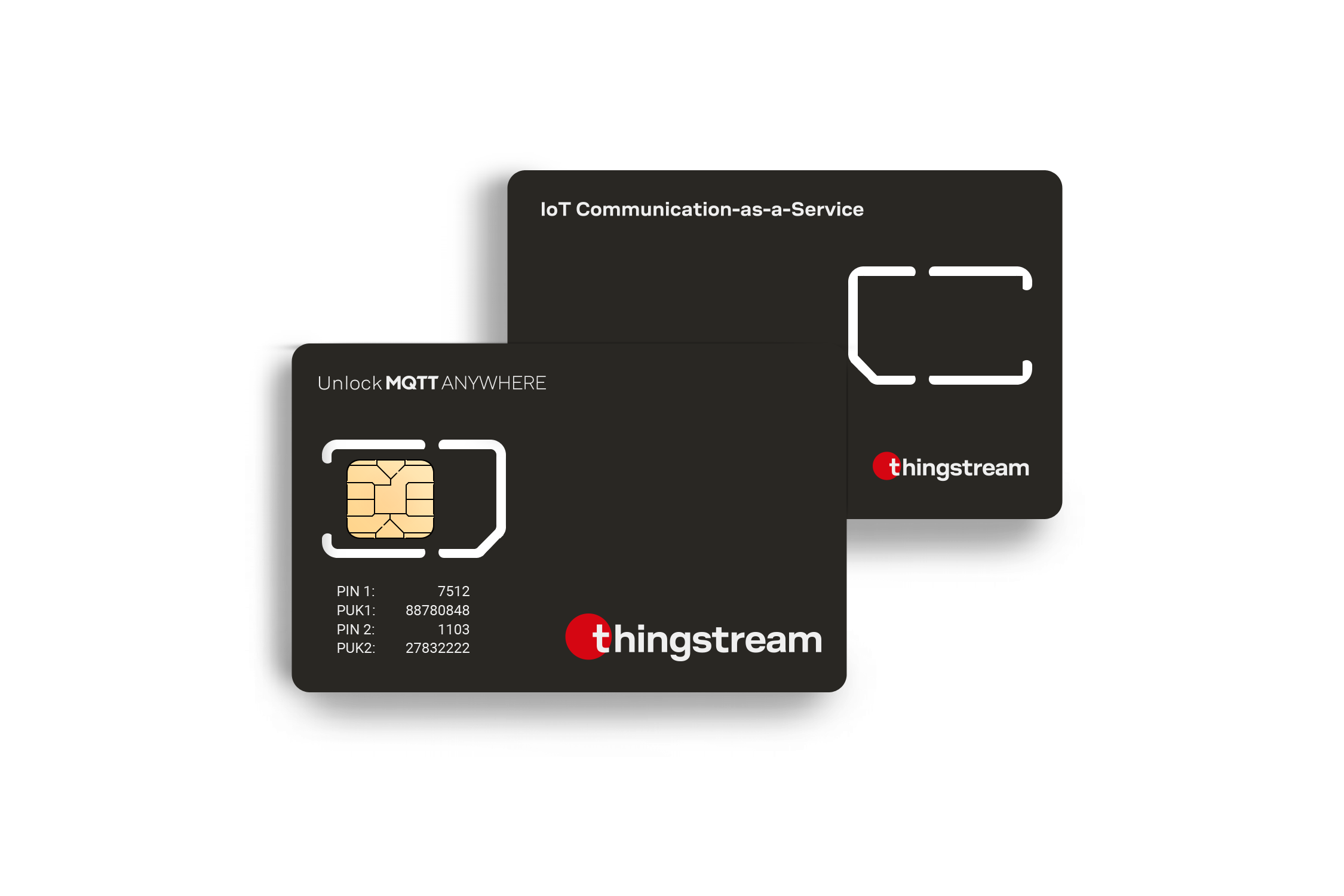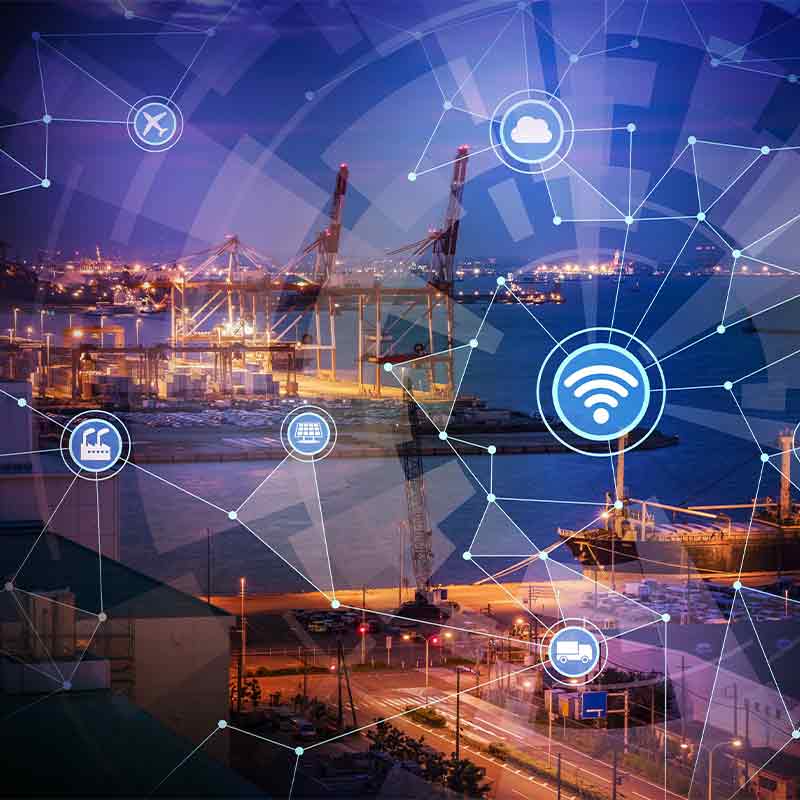IoT Connectivity Service Providers Best Practices for IoT Network Design
The introduction of 5G expertise has initiated a big transformation in the Internet of Things (IoT) landscape. This next-generation wireless infrastructure supplies the superior connectivity needed for smart devices to communicate seamlessly. With its high speeds, low latency, and the flexibility to assist an enormous number of devices simultaneously, 5G is ready to revolutionize how IoT devices function and interact.
5G presents a outstanding enhance in bandwidth compared to its predecessors. As extra devices connect with the internet, the demand for high-speed data transmission is paramount. This upgraded bandwidth allows IoT gadgets to send and obtain knowledge quickly, resulting in real-time processing that is very important for purposes like autonomous automobiles and smart cities.
Low latency is another key feature of 5G that plays a crucial function in IoT connectivity. Traditional networks typically struggle with delays that can hinder the performance of IoT functions. The ultra-reliable low-latency communication provided by 5G ensures that information transfer happens in milliseconds, bringing a brand new level of responsiveness to related gadgets.

Another significant impression of 5G on IoT is its capacity to help a larger number of devices per sq. kilometer. The present infrastructure typically leads to connectivity issues in dense areas where quite a few units are active. With 5G's enhanced capacity, thousands of devices can connect with out degrading the service high quality, paving the way for city environments crammed with smart sensors, cameras, and different interconnected units.
Cellular Connectivity Providers For IoT Services and Solutions for IoT Connectivity
Consider the implications for smart cities. The integration of IoT devices with 5G allows for improved site visitors management, waste management, and energy efficiency. Sensors in site visitors lights can communicate with automobiles to optimize move and cut back congestion, while smart waste bins can notify collection companies when they're full. Such innovations contribute to extra sustainable and efficient urban dwelling.
In industries such as manufacturing, 5G can allow unprecedented automation and robotics. High-speed communication allows machines to operate with minimal human intervention, performing duties corresponding to assembly and high quality control with increased precision. The capability to monitor equipment in real-time and conduct predictive maintenance reduces downtime and increases total productiveness.
Healthcare is another sector poised for transformation by way of 5G-powered IoT connectivity. Remote patient monitoring, telemedicine, and even robotic surgeries will profit significantly from the low-latency and high-bandwidth capabilities of 5G. Doctors can access real-time knowledge from patients' wearables, leading to faster diagnoses and coverings. The commitment to improving healthcare supply can enhance patient outcomes and contribute to better resource allocation.
IoT Global Connectivity Benefits and Use Cases of Connectivity Technologies
The agricultural sector is also leveraging 5G to enhance efficiency and sustainability. IoT units can monitor soil situations, crop health, and weather patterns in actual time. This dynamic feedback allows farmers to make informed choices, optimizing irrigation and pesticide use while minimizing waste and enhancing crop yield. Such advancements can considerably affect food production as the global population continues to rise.
However, with these advancements come challenges and issues. The expanded panorama of linked devices increases vulnerabilities to cybersecurity threats. As the number of IoT gadgets grows, guaranteeing strong security protocols turns into critical. Developing comprehensive security methods might be essential to protect delicate information and ensure public trust within the expertise.
IoT Connectivity Companies Market for IoT Connectivity Management Platforms
Privacy issues additionally come up as extra private and delicate data is transmitted by way of linked gadgets. Regulations to safeguard individual privacy must evolve in tandem with technology. Collaborative efforts between governmental businesses and expertise builders can create frameworks that defend users whereas nonetheless enabling innovation.
At the core of this transformation, 5G is not just enhancing present capabilities but can be unlocking new opportunities for innovation. Businesses and entrepreneurs can explore purposes that have been previously deemed impractical because of connectivity limitations. This extends across numerous sectors, including logistics, smart properties, and emergency companies, offering exciting potentialities for the future.
The convergence of 5G and IoT represents pop over here a shift in the way in which we work together with expertise. The blend of clever units working in tandem, pushed by the swift capabilities of 5G, provides a glimpse into a future the place on a daily basis objects become a half of an intricate, clever ecosystem. As we lean into this transformation, the potential for enhanced high quality of life, economic development, and technological advancement turns into more and more tangible.
IoT Connectivity Companies Ultimate Guide to IoT Connectivity
In conclusion, the impact of 5G on IoT connectivity can't be overstated. This technological leap is poised to foster innovation across multiple sectors, from healthcare to agriculture, in the end resulting in improved efficiency and sustainability. While challenges associated to safety and privacy persist, the collective push in direction of addressing these points will pave the way for a smarter, more interconnected world. The era of 5G is upon us, and with it, the promise of a seamless integration of our lives with the smart expertise that surrounds us.
- 5G networks provide enhanced data speeds, permitting IoT devices to transmit larger volumes of information in real-time, leading to extra responsive purposes.
- The reduced latency of 5G permits near-instantaneous communication between linked gadgets, which is essential for applications similar to autonomous vehicles and remote surgical procedure.

- With 5G's capacity to help a a lot larger density of gadgets per sq. kilometer, smart cities can implement more sensors and linked methods with out overwhelming the network.
Wireless IoT Connectivity Understanding the Internet of Things
- 5G facilitates improved energy effectivity in IoT units, as they will enter low-power modes extra effectively whereas maintaining connectivity, extending device battery life.
- The enhanced bandwidth provided by 5G permits for advanced information analytics and the processing of vast datasets generated by IoT gadgets on the edge, minimizing reliance on cloud processing.
What Is IoT Connectivity? IoT Connectivity Management for Solutions
- Advanced security measures in 5G networks can present stronger protection towards cyber threats, important for safeguarding sensitive info transmitted by IoT functions.
- 5G networks support community slicing, enabling custom-made connectivity solutions tailor-made specifically for different sorts of IoT purposes, from healthcare to industrial automation.
Web Connectivity In IoT Explanations and Solutions for IoT Connectivity

- The world reach of 5G technology can facilitate the deployment of IoT options in historically underserved or distant regions, bridging connectivity gaps.
- Real-time connectivity enabled by 5G empowers smart units to exchange info and collaborate more successfully, driving innovation in sectors like agriculture and manufacturing.
IoT Global Connectivity.
Long Range IoT Connectivity Growth of Connected IoT Devices
- The integration of AI with 5G and IoT opens up new avenues for automated decision-making and predictive analytics, leading to smarter useful resource administration and operational efficiencies.
What is 5G, and how does it differ from 4G by means of IoT connectivity?
5G is the fifth technology of wireless technology, designed to supply higher speeds, decreased latency, and more reliable connections in comparison with 4G. In phrases of IoT connectivity, 5G enables more gadgets to connect simultaneously, enhancing the scalability of IoT functions and facilitating real-time data exchange.
How does 5G improve the efficiency of IoT devices?
M2M IoT Connectivity Introduction to IoT Connectivity Options
5G enhances IoT device efficiency by offering lower latency and higher bandwidth. This results in quicker data switch rates and real-time communication capabilities, which are crucial for applications like autonomous automobiles, remote monitoring, and smart cities.
What challenges does 5G pose for IoT deployment?
(IoT Satellite Connectivity)
While 5G offers numerous benefits, challenges include infrastructure prices, the necessity for brand new hardware, and potential cybersecurity risks. Ensuring effective protection and managing the complex ecosystem of gadgets are also crucial for profitable IoT deployment underneath 5G.
Cellular Connectivity Providers For IoT Management of IoT Connectivity
Will 5G make IoT units more energy-efficient?
Yes, 5G supports lower power utilization modes, allowing IoT devices to conserve energy whereas maintaining connectivity. This is especially advantageous for battery-powered devices, extending their operational lifespan and decreasing the frequency of battery replacements.
How does 5G find this influence the security of IoT networks?
Internet Connectivity Principles In IoT Smart Connectivity for IoT Services
5G introduces advanced safety features, similar to improved encryption and extra strong authentication processes. However, the elevated number of related devices also raises issues about potential vulnerabilities, making it important to implement complete safety measures.
Can I use existing IoT units with 5G networks?
IoT Cloud Connectivity Cellular IoT Revenue Growth in 2023
Many existing IoT devices that operate on older network technologies may not be instantly suitable with 5G. However, upgrading or utilizing dual-mode devices can facilitate a transition to 5G, allowing for continued operation and advantages from enhanced connectivity.
What industrial purposes profit probably the most from 5G-enabled IoT?
Industries like manufacturing, healthcare, and logistics stand to gain significantly from 5G-enabled IoT. Applications similar to real-time asset monitoring, distant surgical procedure, and predictive maintenance can be enhanced through the improved connectivity, speed, and scalability that 5G provides.
How are cities leveraging 5G for smart metropolis initiatives?
Connectivity Management Platform IoT Enhancing IoT Connectivity Solutions
Cities are utilizing 5G to boost smart metropolis initiatives by integrating connected devices for traffic management, public security, waste management, and energy efficiency. This connectivity allows for the efficient assortment and analysis of data, leading to more knowledgeable decision-making and improved public services.
What position does edge computing play in 5G and IoT connectivity?
Edge computing works alongside 5G to process information nearer to where it's generated, decreasing latency and bandwidth use. This is especially beneficial for IoT purposes that require real-time knowledge evaluation, enabling faster responses and more environment friendly useful resource administration.